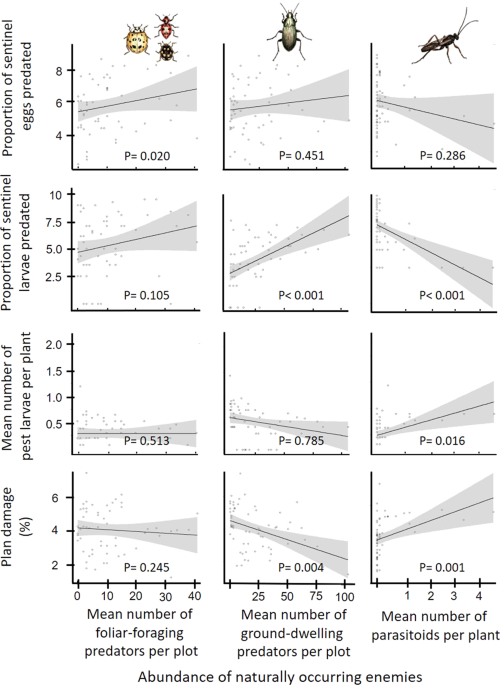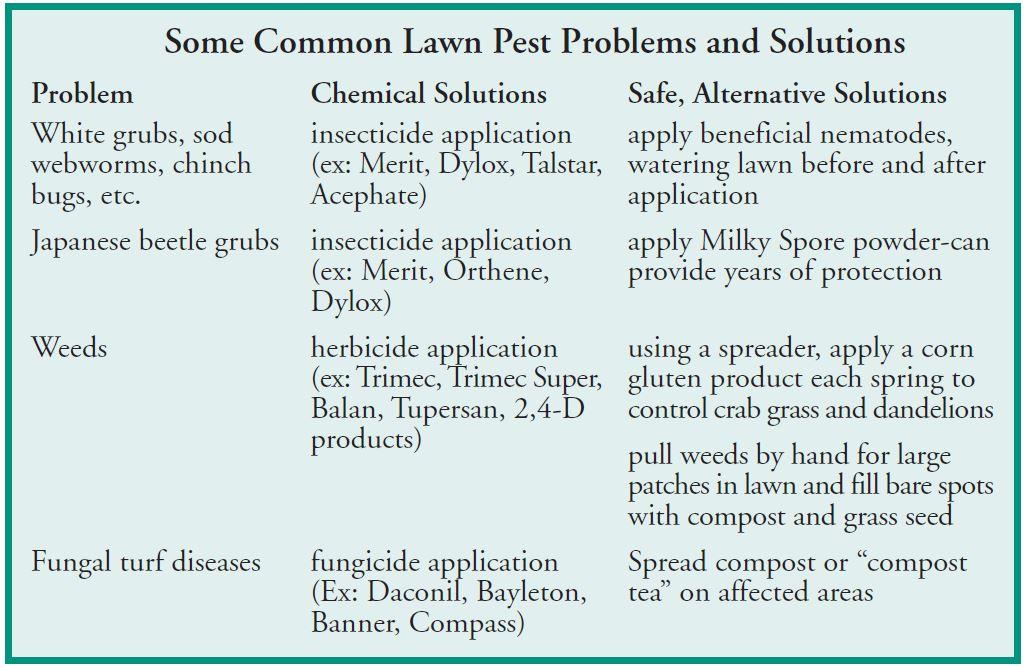All about Eco Bed Bug Exterminators Dc
Table of ContentsGet This Report on Eco Bed Bug Exterminators DcThe Ultimate Guide To Eco Bed Bug Exterminators DcEco Bed Bug Exterminators Dc - QuestionsEco Bed Bug Exterminators Dc - An OverviewHow Eco Bed Bug Exterminators Dc can Save You Time, Stress, and Money.
Due to the fact that chemicals are hazardous, they are additionally possibly harmful to humans, pets, other organisms, and the atmosphere. As a result, people who utilize chemicals or frequently come in contact with them have to comprehend the family member toxicity, potential health and wellness results, and preventative steps to decrease exposure to the products they make use of. Danger, or danger, of making use of chemicals is the potential for injury, or the level of danger associated with utilizing a pesticide under a given set of conditions.

Applicators can reduce or virtually remove direct exposure-- and hence decrease threat-- by adhering to the tag directions, using personal safety clothing and equipment (PPE), and managing the chemical effectively. As an example, greater than 95 percent of all chemical direct exposures come from dermal exposure, mainly to the hands and lower arms. By wearing a set of unlined, chemical-resistant handwear covers, this kind of exposure can be nearly gotten rid of.
The unsafe results that take place from a solitary direct exposure by any course of entry are termed "acute results." The four routes of direct exposure are dermal (skin), inhalation (lungs), dental (mouth), and the eyes. Intense toxicity is determined by examining the dermal poisoning, breathing toxicity, and oral toxicity of examination pets.
Not known Factual Statements About Eco Bed Bug Exterminators Dc
Acute toxicity is gauged as the quantity or focus of a toxicant-- the a.i.-- required to eliminate half of the pets in a test populace. This step is usually expressed as the LD50 (deadly dosage 50) or the LC50 (lethal concentration 50). Additionally, the LD50 and LC50 worths are based on a single dosage and are taped in milligrams of chemical per kilo of body weight (mg/kg) of the guinea pig or in parts per million (ppm).
The lower the LD50 or LC50 worth of a pesticide item, the greater its poisoning to humans and animals. Pesticides with a high LD50 are the least toxic to people if made use of according to the directions on the product tag. The chronic poisoning of a chemical is determined by subjecting examination pets to lasting direct exposure to the energetic ingredient.
The persistent toxicity of a pesticide is harder than severe poisoning to identify through lab evaluation. Products are classified on the basis of their family member intense poisoning (their LD50 or LC50 values). Pesticides that are categorized as very poisonous (Poisoning Group I) on the basis of either oral, facial, or breathing toxicity must have the signal words DANGER and poisonous substance printed in red with a skull and crossbones my link symbol plainly showed on the front panel of the bundle tag.
The acute (single dose) oral LD50 for pesticide items in this team ranges from a trace amount to 50 mg/kg. As an example, exposure of a few drops of a product taken by mouth can be deadly to a 150-pound individual. Some chemical products have just the signal word risk, which tells you nothing regarding the severe poisoning, just that the product can trigger extreme eye damage or extreme skin irritation
6 Easy Facts About Eco Bed Bug Exterminators Dc Described
In this category, the intense dental LD50 ranges from 50 to 500 mg/kg. A tsp to an ounce of this product might be fatal to a 150-pound individual (exterminator near me). Pesticide items categorized as either somewhat hazardous or relatively harmless (Poisoning Groups III and IV) are called for to have the signal word care on the chemical label

All pesticide toxicity chemical, including the Consisting of, can be found on discovered product's Item Safety Data Sheet (MSDS). Pesticide tags and MSDS can be gotten from retailers or makes - http://go.bubbl.us/e081a5/a3b1?/Established-in-2007,-Eco. The signs of chemical poisoning can range from a mild skin irritability to coma or also death.
Individuals also vary in their sensitivity to various levels of these chemicals. Some people may reveal no response to a direct exposure that might cause severe health problem in others (bed bug heater rentals). Due to the fact that of potential wellness concerns, pesticide individuals and trainers need to recognize the usual signs and symptoms of chemical poisoning. The effects, or signs and symptoms, of chemical poisoning can be broadly specified as either topical or systemic.
How Eco Bed Bug Exterminators Dc can Save You Time, Stress, and Money.
Dermatitis, or inflammation of the skin, is accepted as the most typically reported topical impact connected with chemical exposure. Signs of dermatitis variety from reddening of the skin to rashes and/or sores. Some people tend to cough, wheeze, or sneeze when subjected to chemical sprays. Some individuals respond to the solid odor and annoying results of oil extracts used as carriers in pesticide items.
This symptom normally subsides within a few minutes after a person is eliminated from the exposure to the toxic irritant. A response to a pesticide product that causes a person not only to sneeze and cough yet additionally to develop serious intense breathing signs is much more likely to be a true hypersensitivity or sensitive response.
Systemic results are rather various from topical effects. They frequently happen far from the initial factor of call as an outcome of the chemical being taken in right into and distributed throughout the body. Systemic impacts typically consist of nausea, vomiting, exhaustion, migraine, and digestive tract problems. In advanced poisoning instances, the person might experience adjustments in heart rate, problem breathing, convulsions, and coma, which might cause death.